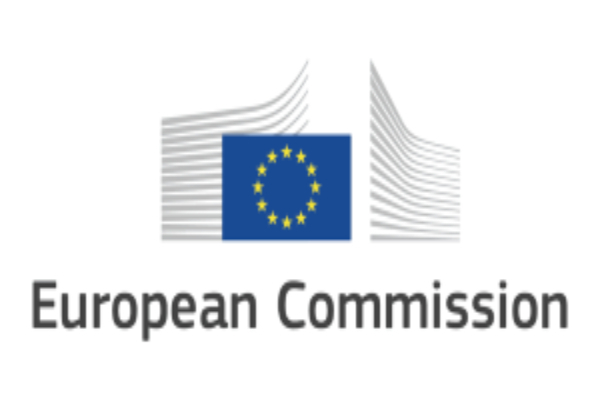These new measures could save up to €1.16 billion in healthcare costs

The European Commission has proposed strengthened protections for workers against hazardous chemicals. This is expected to prevent about 1,700 lung cancer cases and 19,000 other illnesses, including restrictive lung disease and damage to the liver and kidneys, over the next 40 years.
In the sixth revision of the Carcinogens, Mutagens and Reprotoxic substances Directive (CMRD), the Commission recommends setting exposure limits for cobalt and inorganic cobalt compounds, polycyclic aromatic hydrocarbons (PAHs) and 1,4-dioxane. Welding fumes are also added under the scope of the CMRD.
These new measures could save up to €1.16 billion in healthcare costs and significantly improve the quality of life for workers and their families.
This revision to the CMRD reflects the latest scientific data and benefits from input provided by the Advisory Committee on Safety and Health at Work, composed of representatives of workers, employers and governments.
New exposure limits to better protect workers
To ensure safer workplaces, the Commission proposes new exposure limit values for:
Cobalt and inorganic compounds, which are commonly used in battery production, particularly for electric vehicles, and manufacturing processes for magnets and hard metals. The proposed limit is 0.01 mg/m³ for particles that can be breathed in through the nose and mouth, and 0.0025 mg/m³ for finer particles that can reach deeper into the lungs. Transitional limits (0.02 mg/m³ and 0,0042 mg/m³) give industries six years to adapt.
Polycyclic aromatic hydrocarbons (PAHs): PAHs are typically found in industries like steel, iron and aluminium production and are also present in welding fumes. The proposed new limit value is 0.00007 mg/m³. To help the most affected sectors adapt, a temporary limit twice as high will apply for six years after the Directive takes effect.
1,4-dioxane: This substance is commonly used as a solvent in chemical and textile production, and in household detergents. The proposed general limit is 7.3 mg/m³ with a short-term exposure limit of 73 mg/m³. A biological limit is also suggested.
Along with setting these exposure limits, the Commission proposes "notations," alerting employers and workers about possible exposure through the skin or other means and indicating when extra protective measures are needed.
The Commission's proposal will now be discussed by the European Parliament and the Council. Once adopted, Member States will have two years to incorporate the Directive into national law.
Subscribe to our newsletter & stay updated.